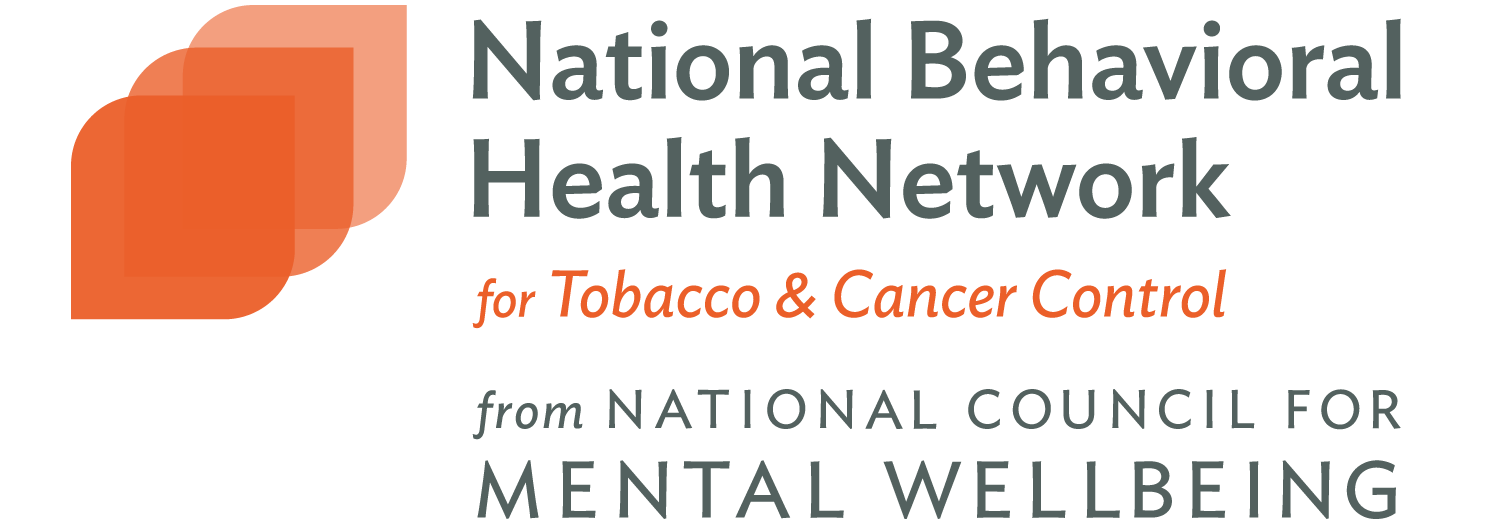To support behavioral health facilities in going tobacco-free and expanding cessation support services, the National Behavioral Health Network (NBHN) for Tobacco and Cancer Control and the Center for Disease Control and Prevention (CDC), in partnership with the SAMHSA National Center of Excellence for Tobacco-Free Recovery (SAMHSA-TFR), operated by the Smoking Cessation Leadership Center, hosted a two-day intensive workshop on promoting the adoption and enhancement of tobacco-free facilities and the integration of tobacco treatment in behavioral health settings in Denver, Colorado. This two-day Creating & Enhancing Tobacco-Free Facilities & Treatment Services training marked the second training held this year for behavior health facilities across the United States. Participants and training faculty discussed the latest tailored innovations and solutions to addressing the challenges of taking their facilities tobacco-free.
Evidence has shown that quitting smoking is associated with positive improvements in mental health and addiction recovery outcomes. Currently only a third of substance use dependency treatment facilities (34.5%) and less than half (48.6%) of mental health facilities have smoke free-policies on their campuses [1,2,3] ,making it critical to provide behavioral health facilities with the tailored tools, resources and technical assistance they need to build and maintain a healthy tobacco-free environment.
40 participants representing 25 organizations from various state, local, and community behavioral health treatment facilities joined the training on July 10th-11th. Training faculty included tobacco control subject matter experts Chad Morris, Director of the Behavioral Health & Wellness Program, and Jim Pavlik, Program and Policy Analyst, both representing the University of Colorado and whose expertise and knowledge were well received by participants. Key topic areas that were covered in the training included:
- Becoming a tobacco-free facility and enhancing existing tobacco-free campuses
- Emerging tobacco trends and how to engage providers in tobacco cessation education
- Using a whole health approach to promote wellness and resilience
- Transforming health systems while promoting organizational change
- Using effective techniques to talk to clients about how to quit
- Optimizing use of nicotine replacement therapy (NRT) and other pharmacological supports
Participants also had the opportunity to engage with local community champion Laura F. Martin, MD, former Medical Director at the Center for Dependency, Addiction and Rehabilitation (CeDAR), in a fireside chat about her experiences in implementing an organizational tobacco-free policy while engaging both staff and patients in the process, de-mystifying the impact of going tobacco-free, and making the business case for taking a facility tobacco-free. In addition, training attendees participated in several roundtable discussions with the purpose of learning from each other’s experiences and brainstorming ideas to translate into action.
Training participants walked away with a new set of tangible tools for their tobacco cessation efforts, inspiration from their peers, and a refreshed outlook on what it means to be tobacco-free.
Are you interested in learning more about transitioning to a tobacco-free facility? Check out our resources highlighting sample policy and planning information.
Sources
- Prochaska JJ, Das S, Young-Wolff KC. Smoking, Mental Illness, and Public HealthExternal. Annu Rev Public Health. 2017; 38:165–185.doi: 10.1146/annurev-publhealth-031816-044618.
- Compton W. The need to incorporate smoking cessation into behavioral health treatment. The American Journal on Addictions.2018;27(1):42–43.
- Marynak, K, VanFrank, B., Tetlow, S., Mahoney, M., Phillips, E., Jamal, A., Schecter, A., Tipperman, D., Babb, S. (2016). Tobacco Cessation Interventions and Smoke-Free Policies in Mental Health and Substance Abuse Treatment Facilities — United States. Morbidity and Mortality Report Weekly, 2018, 67(18);519–523.



